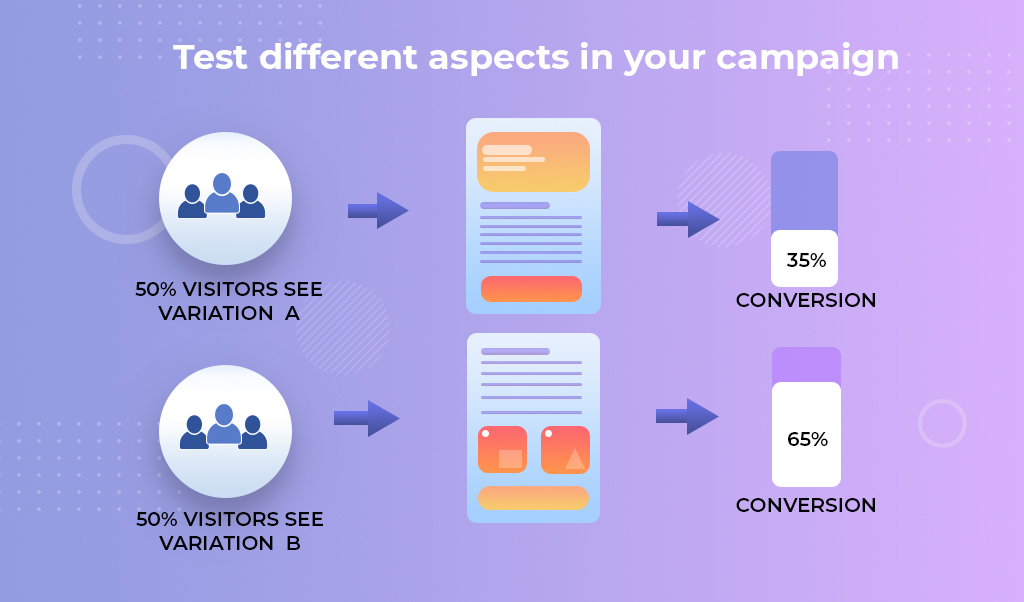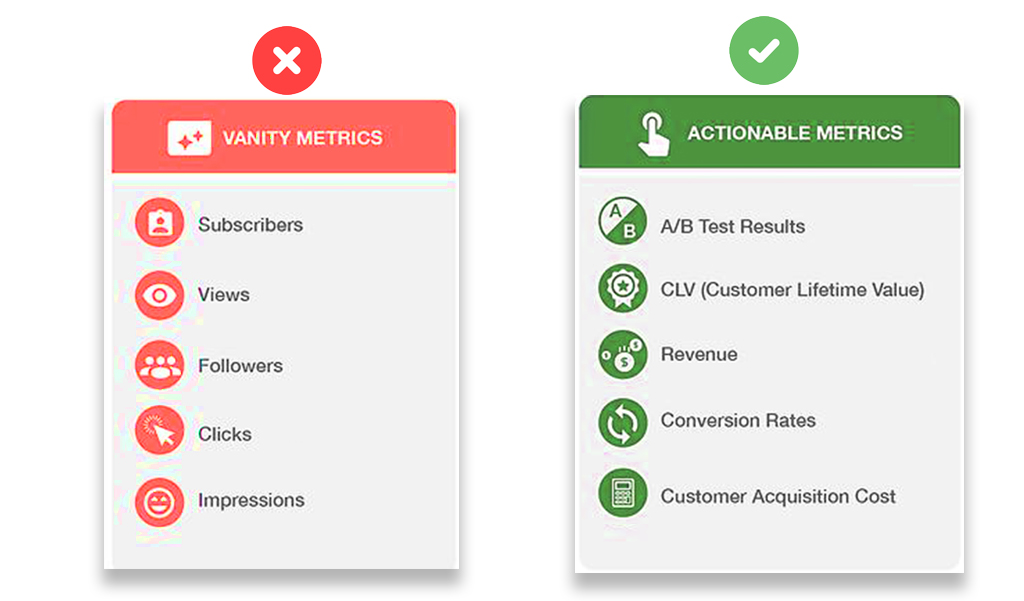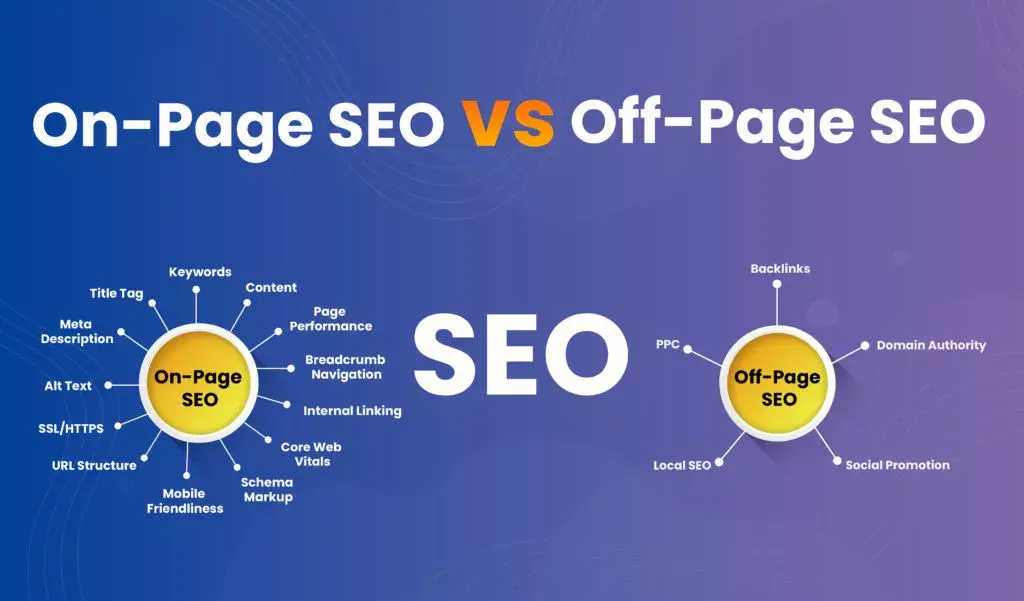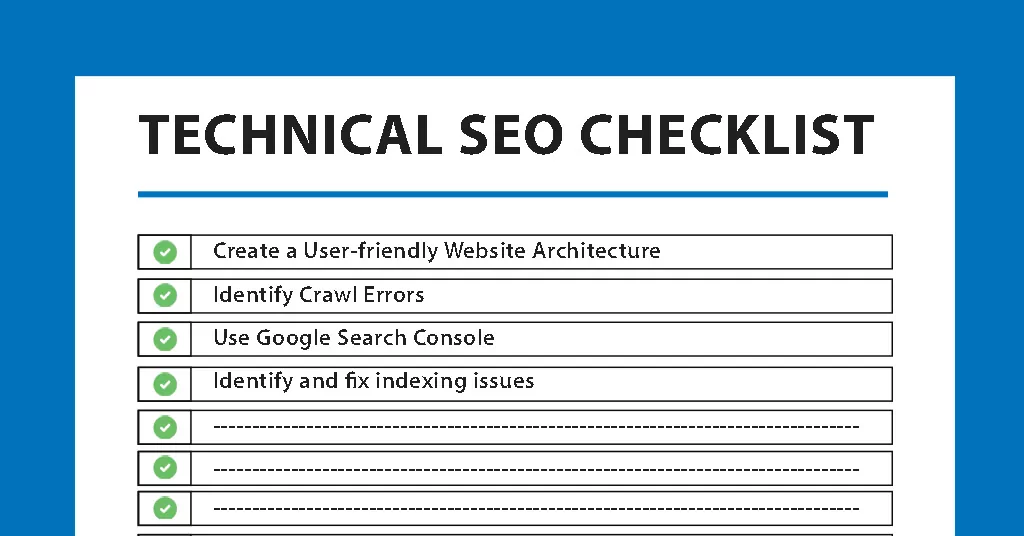How to Boost Your Company's Digital Marketing ROI?
Table of contents

The introduction of the World Wide Web and the invention of computers has provided marketers with many new opportunities to reach their potential customers online. Nowadays, the majority of consumers access the net over various devices such as laptops, tablets, and smartphones. Hence, digital marketing has become a valuable and essential part of every business today. With this booming world of digital marketing, consumers are now most probably looking for services or products online to fulfill their needs. Moreover, before deciding to a become customer, more than 65% of people research the company online.
So, it can be difficult for a business to grow and expand without a robust digital presence today. This enhances the importance of digital marketing campaigns for every business to flourish and succeed.
However, you cannot unleash the full potential of your digital marketing campaigns without a strong digital marketing strategy.
Regardless of how you plan your digital marketing campaign, the primary goal for any business remains the same and that is generating revenue. So, it urges the need to measure the effectiveness of your digital marketing campaigns, to avoid wasting your money as well as time. The straightforward method to determine whether your efforts are generating revenue or not is by measuring ROI.
Return on investment or ROI is an essential metric to understand the impact of your digital marketing activities. While the theory of calculating ROI is simple, you may face challenges to boost it. So, in this article, we at digital marketing Jacksonville, have listed down some important ways you need to consider to boost your ROI. But before that, it is important to understand how can you calculate ROI.
How to measure ROI in Digital Marketing?
The measure of profit or loss that is generated on your digital marketing campaigns is termed the digital marketing ROI. So, from an improvement standpoint, measuring the ROI is important to identify which areas are not performing well. This will help to analyze those aspects of your campaigns and take actionable steps to improve them. Moreover, by knowing them you will also get a better understanding of where should you allocate your digital marketing budget for getting the best results.
But determining your digital marketing ROI is not as easy as it seems. Every campaign has different goals, while some focus on building awareness, others try to generate leads or enhancing conversion rates. Ultimately the way you measure ROI depends upon your goals. But the availability of so much data to be analyzed might spin your head. So, going through the list of the most common digital marketing metrics used can help you measure your ROI.
- Cost per lead: If the end goal of your digital marketing campaign is to gain new leads then this metric will show how you are paying for each new lead and what is your return on investment for a particular campaign. To calculate the cost per lead, divide the total cost of the campaign by the number of leads generated. By this, you can analyze whether you are getting a positive or a negative return on investment. For example, if you spend $1000 on a campaign and you get 100 qualified leads, then your cost per lead will be $10. If you find that this amount is greater than what you received, then you are getting a negative return on ROI. Whereas, if it’s the opposite case, then your return on investment will be positive.
- Cost per Acquisition (CPA): Cost per acquisition is different than cost per lead. Cost per acquisition tells you how much it costs to acquire a new customer who has not only clicked on the ad but also made a purchase. Whereas cost per lead tells about the leads and not the converted leads. To calculate Cost Per Acquisition, you can simply divide the total cost spent on campaigns to acquire customers by the total number of acquired customers. By calculating this metric you can know how much it costs to acquire new customers and better understand your return on investment. If the amount spent to acquire a new customer is more than what they actually bring to your company, then this suggests that you have a negative return on investment. If it is the other way around then yeah, you are in profit.
- Return on Ad Spend (ROAS): This marketing metric measures the effectiveness of a digital marketing campaign and helps businesses analyze which methods work the best for them. Measuring return on ad spent proves very essential to measure evaluate the performance of your ad campaigns and improve them. You can calculate ROAS by dividing the total revenue generated from the ad campaign by the cost spent on the ad campaign. For example, if you spend $ 1000 on your ad campaign and generate a revenue of $ 5000, then your ROAS is $ 5 as we have divided $ 5000 with $ 1000. This means that for every dollar you spent, you get a revenue worth $ 5.
- Conversion rate: This metric will help you know how well you have accomplished your goal of converting visitors to your potential customers. A conversion can be anything according to what goals you set such as making a purchase, submitting a form, signing up for a subscription, downloading software, or a mobile app. It is the most popular metric to track ROI over time. Conversion rate is calculated by dividing the number of conversions you get within a time frame with the total number of visitors and then multiplying it by 100. The number you get will be your conversion rate. A higher conversion rate indicates that your digital marketing campaign is performing better.
These were some of the metrics that can help you measure the ROI of your marketing campaigns. However, the metrics you use to measure ROI will ultimately depend on the methods you use to boost your ROI. Keeping this in mind, we will explore some of the ways that can boost your ROI ahead in this article.
Methods to boost your Digital Marketing ROI
The majority of businesses are not satisfied with their return on investment and look for ways to improve it. Below we have listed some of the helpful and actionable ways that you can use to improve your return on investment over time.
Identify your Goals clearly
As we already discussed that you need to have clear goals before you start measuring your ROI. If your goals are not clear, then you might not be able to use the right metrics to track ROI. Hence, identifying your goals is the first step to measure and improve your digital marketing return on investment. By specifying your goals, you can consider multiple factors that can impact the journey to achieve your goals.
Avoid loosely defined goals, rather keep ‘SMART’ goals that are Specific, Measurable, Achievable, Relevant, and Time-bound. Take into account elements such as market demand, your industry, and cost structure while setting your ROI goals. Make sure that you set realistic goals that means choose a measurement that is achievable in the given time frame. For example, you set a goal of converting 20% of your leads into customers within a timeline of 3 months. Instead of targeting 80% conversions in the same time frame. Applying this strategy will help you to plan your approach and also measure the success rate of your campaign. Developing a SMART strategy is a great way to make sure that you are on the right track.
Create content that your audience wants
In this competitive world where thousands of ads are bombarded on consumers, you need to make your brand stand out and digital content marketing is the key to it. Content has become a cornerstone of every marketing strategy and hence, you need to master it to stand out from the crowd. Nowadays, customers are in a quest for value and personal connections. They don’t want to see their social media streams or inboxes flooded with promotional messages.
Hence, you need to create content that is always personalized for your target audience. it can be based on their interests, demographics, location, gender, or any other factors. Apart from this, your content needs to be unique, valuable and aimed at solving your customer’s problems.
Asking your audience directly is the best way to determine what they really want and expect from your brand. For this, you conduct regular surveys, polls, question and answer sessions, or even webinars and communicate with your customers. Once you know what your audience wants you can create better and personalized content for them which will eventually get you more conversion rate and boost your ROI.
Test different aspects in your campaign

Testing different offers, frequency, targeting, and messages is a vital part of enhancing your digital marketing ROI. This is the only way that allows you to surely understand which elements of your campaigns are impacting your success. It can also help you discover new insights that you can apply to your broader digital marketing strategy.
Run A/B tests on different aspects of your digital marketing campaigns to know which elements are providing better results. Every element such as email marketing, PPC ads, social media content can benefit from testing. You should choose only one element to test when you perform the A/B test. Remember to change only one element at a time so that you can understand which variable is impacting your performance.
Once you know the best elements of your campaign, you can then make some strategic changes accordingly.
Eventually, with time as you continue experimenting, you will notice some areas of opportunities that you need to seize for improving your ROI. Keep performing new tests on the areas you discovered to find more new ways to make your campaigns even better than before. For example, if you are using conversions by the device as your metric and while measuring it over time, you find that certain demographics of your population prefer using mobile devices. Then you can improve your ROI by boosting conversions on these devices. For which you can alter your messages and offers on mobile campaigns to make them appealing to that particular segment.
Time of the day or the day of the week on which people tend to convert are some of the other factors, you should consider when analyzing your data. It will help you to better understand when you can publish your ads or content and optimize your campaigns accordingly.
Make use of marketing automation tools
Using marketing automation tools is extremely essential when you are looking to grow your ROI. These tools can perform repetitive tasks like managing email lists, housing documents, and images, etc.
Leveraging automation tools can help businesses in a variety of ways such as prioritize leads, discover behavioral patterns of potential customers, customize follow-ups, and predict future investments. It will also allow you to target customers with minimal across various channels and give you more space for creativity so that you can boost your productivity and thus increase your revenue. This is the reason why most marketers look for automation tools to boost their ROI.
Don’t Rely on Vanity metrics

You should be wary of the parameters that you track while measuring the performance of your campaigns. Some of them might be vanity metrics such as the number of followers on your social media channels, registered users, or raw page views that can distract you from your business goals. They often don’t correlate with the revenue or directly impact the ROI. These metrics only help you to get some insights into how effective your marketing strategy is.
Vanity metrics can draw off your efforts from the things that actually matter. However, it is better to focus and track other metrics like conversions, revenue, leads, engagement rate, reach, and more.
As we discussed above these metrics are useful to monitor your campaigns, figure out their performance, and modify them accordingly to improve your ROI.
For a better ROI for a digital marketing campaign, it is important to consider both SEO and Paid Advertising, so here you can understand how you can grow your business using both SEO and Paid Ads in your digital marketing campaign
With so many moving aspects to your campaign, improving digital marketing campaigns can be a tricky task but it is necessary as well. From this article, you must have understood that monitoring your current digital marketing campaign’s performance and enhancing it with time is the key to boost your ROI. So, it is important that you begin with setting goals. As already mentioned ensure that you set realistic SMART goals that are achievable. Because the metrics that you will be using to measure your ROI will depend on these goals.
Also, make sure to create appealing content that is relevant to your target audience and leverage automated tools that can help you automate simple and repetitive tasks. Finally, when you start analyzing the performance of your digital marketing campaigns, avoid vanity metrics to save your time. If you find this task to be overwhelming, taking expert guidance can be very helpful. For a good digital marketing campaign, you should know what works in digital marketing and what doesn’t, so we have shared an article that will help the realities of digital marketing







